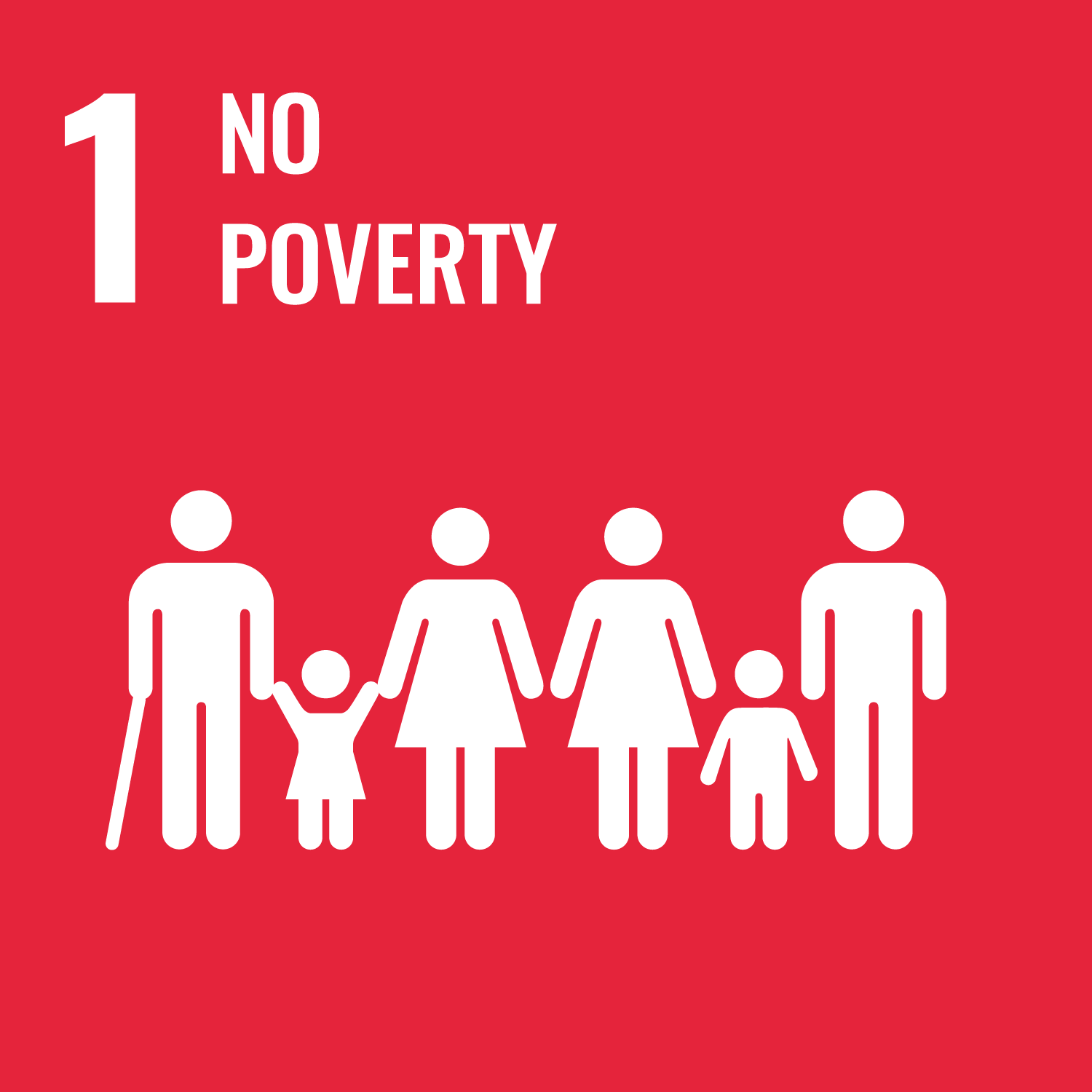
Share the invisible struggle
You’ll need
- Big pieces of card
- Big pieces of paper
- Pens or pencils
- Craft materials (for example, tissue paper, pipe cleaners, stickers)
- Scissors
- Glue sticks
- Access to a computer
- Access to the internet
- Sofa surfing information sheet
Before you begin
- Don’t worry too much if you don’t have access to the internet. The videos we’ve included help explain the issue, but they’re not essential. You could always send the links to people so they can watch them at home, in the library, or at school.
- This is a great chance to use all of the arts and crafts materials you can get your hands on, including paint and scraps of card and fabric. The only limit is your imagination (and the amount of mess you want to make).
Understand the issue
- The person leading the activity should explain that homelessness isn’t just about people sleeping on the streets. ‘Sofa-surfing’ is another type of homelessness where people sleep on friends’ (or even strangers’) sofas because they have nowhere else to go. People are often less aware of it because it’s hidden and invisible.
- Everyone should guess how common sofa-surfing is. The person leading the activity should explain that sofa-surfing makes up a big proportion of people experiencing homelessness. For every person sleeping rough on the street, another 12 are stuck in night shelters, hostels, sofas, public transport, or other unsafe or unsecure accommodation.
- The person leading the activity should explain that at the moment*, over 71,000 families and individuals across Great Britain sleep on the sofas and floors of friends and family.
- Everyone should chat about the difficulties they think come with sofa-surfing. Someone should write all of the ideas down on big piece of paper.
You could also watch Karen’s story, Jack’s story and Amir’s story.
- Everyone should look at the ‘Sofa-surfing information’ sheet to find out more.
Depending on your group, it may work better for an adult to explain some of the information on the sheet.
- Everyone should add anything new to the big piece of paper, including difficulties and statistics. Why do they think so many people are unaware of this type of homelessness?
*figures correct as of December 2019.
Create a display
- Everyone should think about how they could creatively present everything they’ve learned about sofa-surfing so other people can learn too.
Now’s the time to get creative with all of the arts and crafts materials.
- Everyone should work together to create an eye-catching and informative display. They may want to make sure it includes information about how common sofa-surfing is, as well as the effects and causes.
Spread the word
- Everyone should decide where they’ll display their artwork. They could think about public spaces like parks, marketplaces, or libraries.
Make sure you have permission to display your artwork in whichever space you choose.
- Everyone should set up their display where people will see it.
- Everyone should explain their display to anyone who asks. They should tell they when they set it up.
- Everyone should encourage people to think about whether local decision makers (for example, councillors or MPs) could do more to make people aware of sofa-surfing and prevent it.
- Anyone who agreed that local decision makers should do more should write their name on the artwork (or a sign-up sheet).
- After they’ve finished displaying their artwork, everyone should work together to write a letter to go with a photograph of copy of their artwork with everyone’s name on it. What do they want the decision maker to do?
- It may take a while for the decision maker to reply. If they haven’t heard back within a few weeks, people may want to send a follow-up letter.
- Will they write a pledge and take a photo with the group to share on social media?

This activity helps contribute towards some of the UN's Sustainable Development Goals. Find out more about the SDGs, and how Scouts across the world are getting involved.





Reflection
This activity was all about communicating. How did Crisis share their findings? They wrote a big report, but they also pulled out some key bits to make it easier to read. How did the group present the information? Was it easier to understand their display or the original report? Was their display eye-catching? Did it contain lots of information? How else could they have drawn people in?
This activity was also about being a citizen. How can people influence local decision makers? Do you think people have a responsibility to speak up about issues like homelessness? Did the decision maker pledge to take any action? Why do people think more decision makers aren’t taking action to end homelessness? How else could people spread the work in their community?
Safety
All activities must be safely managed. You must complete a thorough risk assessment and take appropriate steps to reduce risk. Use the safety checklist to help you plan and risk assess your activity. Always get approval for the activity, and have suitable supervision and an InTouch process.
- Scissors
Supervise young people appropriately when they’re using scissors. Store all sharp objects securely, out of the reach of young people.
- Glue and solvents
Always supervise young people appropriately when they’re using glue and solvent products. Make sure there’s plenty of ventilation. Be aware of any medical conditions that could be affected by glue or solvent use and make adjustments as needed.
- Online safety
Supervise young people when they’re online and give them advice about staying safe. Take a look at our online safety or bullying guidance. The NSPCC offers more advice and guidance, too. If you want to know more about specific social networks and games, Childnet has information and safety tips for apps. You can also report anything that’s worried you online to the Child Exploitation and Online Protection Command. As always, if you’ve got concerns about a young person’s welfare, including their online experiences, follow the Yellow Card to make a report.
Depending on the age of the group, they may want to take on more or less responsibility for things like getting permission to display their artwork and writing the letter to the decision maker.
It’s up to you how ambitious your artwork is. Scale it up or down depending on the age, size, or experience of your group.
You’ll probably want to vary how detailed your explanation is. The ‘Sofa surfing information’ sheet is designed to tell you everything you need to know. You may want to focus on the highlights with some groups.
This activity may be difficult for people who’ve experienced homelessness (or know people that have). Speak to them (and their parent or carer) beforehand, so you can create a plan for how to make it manageable. If you’re not sure how people in your community will respond, you may want to take steps to make sure that people who’ve experienced homelessness aren’t part of upsetting discussions.
Make sure the location you’ve planned is accessible, for example, that there aren’t any steps in the way. Is it quiet enough for anyone who struggles with background noise? Is there a quiet place people can go for a break if they feel overwhelmed?
Why not explore tactile art, for example, like in the ‘Feel the view’ activity? You could also explore what sounds could accompany and complement your artwork.
All Scout activities should be inclusive and accessible.

Community Impact Stage 1

Community Impact Stage 2

Community Impact Stage 3

Community Impact Stage 4

Chief Scout's Silver Award

Chief Scout's Gold Award

Chief Scout's Platinum Award

Chief Scout's Diamond Award

King's Scout Award

Squirrels Get Creative Activity Badge

Squirrels All Around Us Challenge Award

Squirrels Local Superhero Activity Badge
You could display your artwork in more than one place before you send the letter to a decision maker. Why not create a vlog or short film about the project to help raise awareness of the ‘invisible’ forms of homelessness?